Qubit-based simulations of gauge theories are challenging as gauge fields require high-dimensional encoding. Now a quantum electrodynamics model has been demonstrated using trapped-ion qudits, which encode information in multiple states of ions.
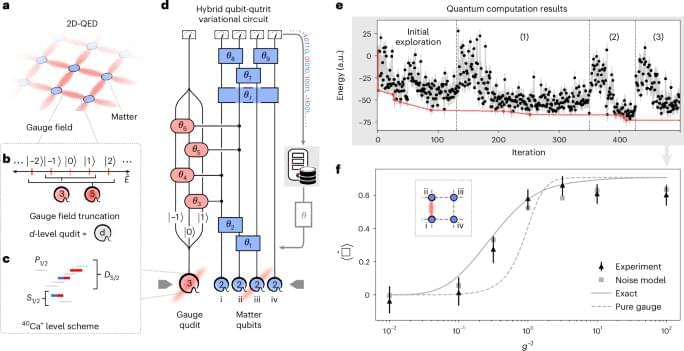


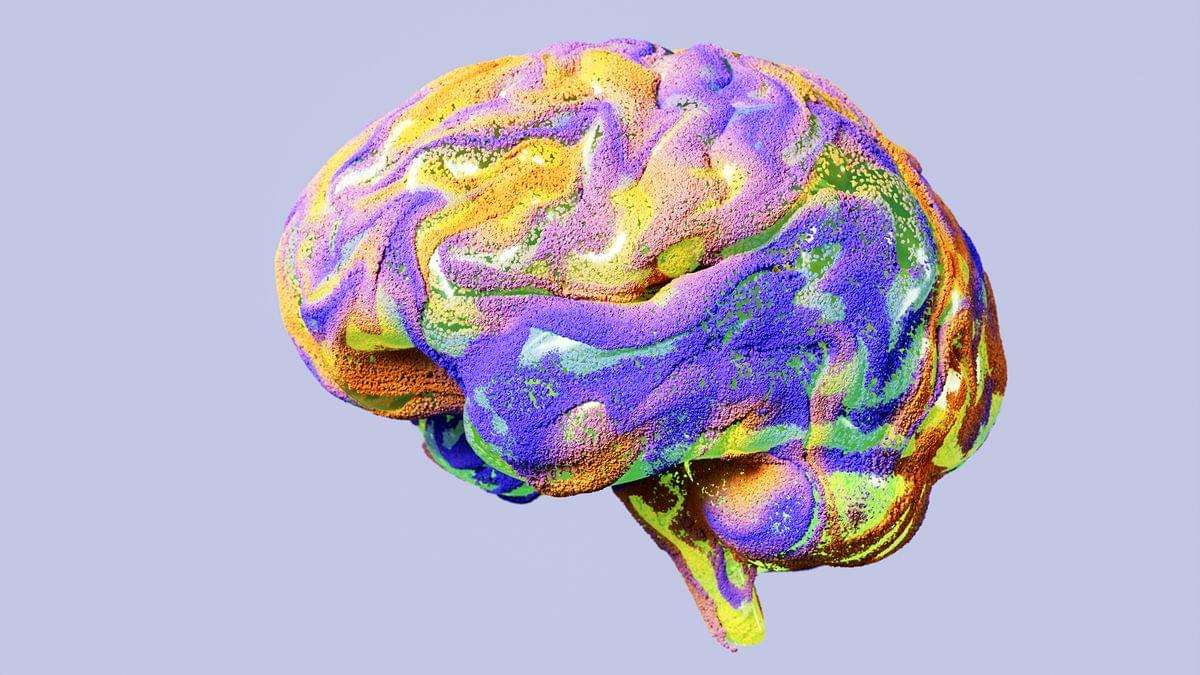
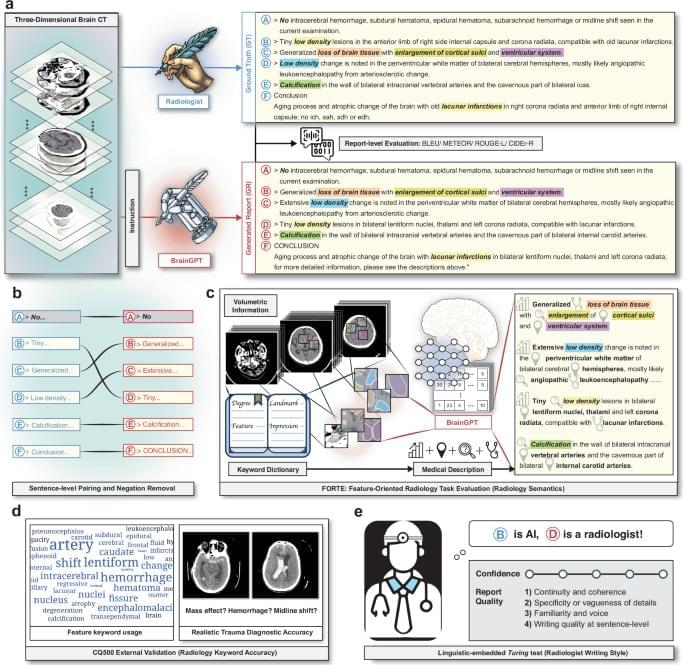
Multimodal large language models (MLLMs) hold promise for a range of medical applications. Here, the authors use MLLMs for 3D brain CT radiology report generation, demonstrating that combining anatomy-aware model fine-tuning with robust evaluation metrics establishes a comprehensive and effective framework.
Scientists analyzing pulverized rock onboard NASA’s Curiosity rover have found the largest organic compounds on the red planet to date. The finding, published Monday in the Proceedings of the National Academy of Sciences, suggests prebiotic chemistry may have advanced further on Mars than previously observed.
Scientists probed an existing rock sample inside Curiosity’s Sample Analysis at Mars (SAM) mini-lab and found the molecules decane, undecane, and dodecane. These compounds, which are made up of 10, 11, and 12 carbons, respectively, are thought to be the fragments of fatty acids that were preserved in the sample. Fatty acids are among the organic molecules that on Earth are chemical building blocks of life.
Living things produce fatty acids to help form cell membranes and perform various other functions. But fatty acids also can be made without life, through chemical reactions triggered by various geological processes, including the interaction of water with minerals in hydrothermal vents.

For the first time, theoretical physicists from the Institute of Theoretical Physics (IPhT) in Paris-Saclay have completely determined the statistics that can be generated by a system using quantum entanglement. This achievement paves the way for exhaustive test procedures for quantum devices.
The study is published in the journal Nature Physics.
After the advent of transistors, lasers and atomic clocks, the entanglement of quantum objects—as varied as photons, electrons and superconducting circuits—is at the heart of a second quantum revolution, with quantum communication and quantum computing in sight.

Astronomers have identified a bright hydrogen emission from a galaxy in the very early universe. The surprise finding is challenging researchers to explain how this light could have pierced the thick fog of neutral hydrogen that filled space at that time.
A key goal of the NASA/ESA/CSA James Webb Space Telescope has been to see further than ever before into the distant past of our universe, when the first galaxies were forming after the Big Bang, a period known as cosmic dawn.
Researchers studying one of those very early galaxies have now made a discovery in the spectrum of its light, that challenges our established understanding of the universe’s early history. Their results are reported in the journal Nature.
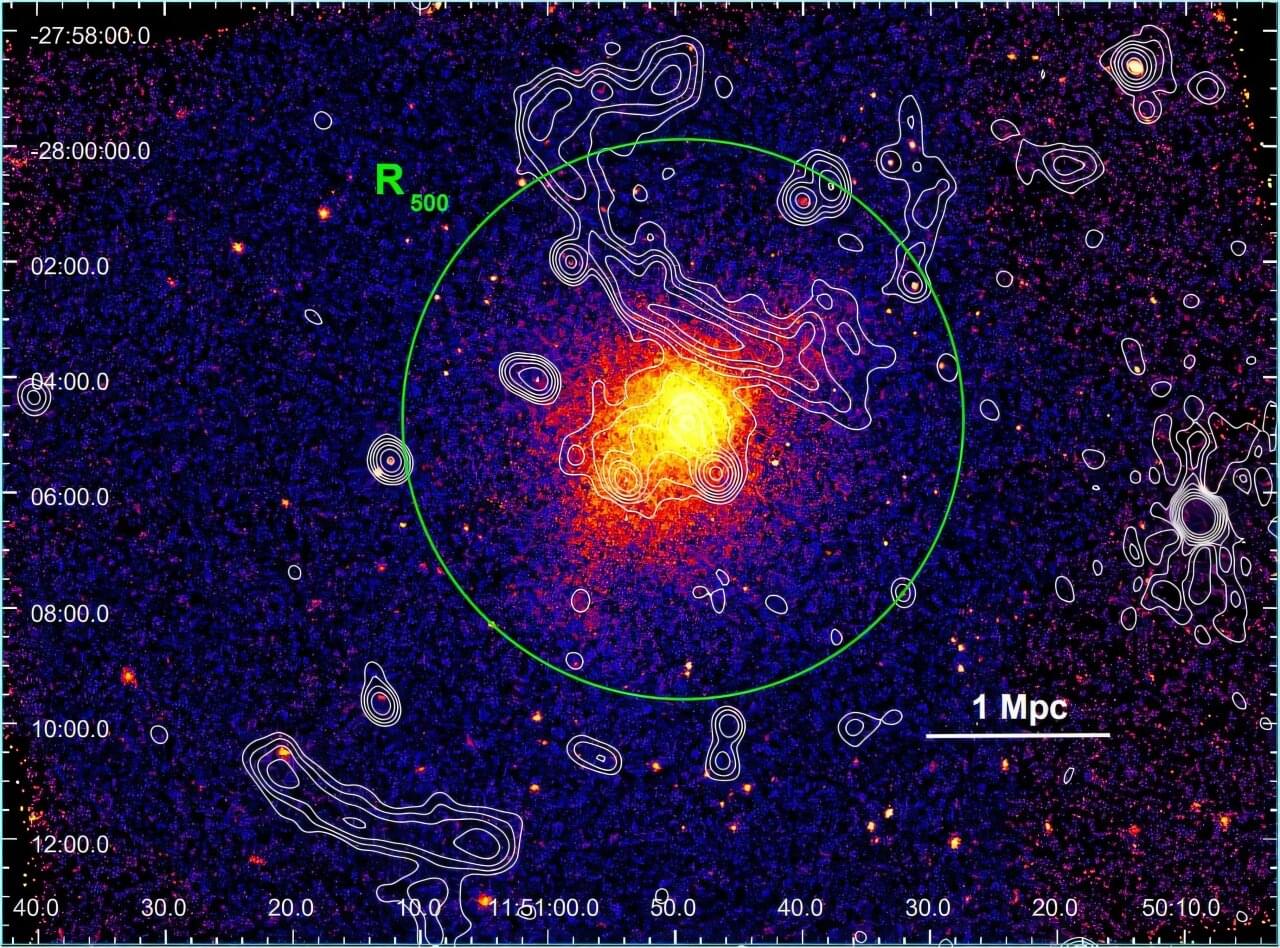
Using NASA’s Chandra X-ray observatory, astronomers have observed a massive and hot galaxy cluster known as PLCKG287.0+32.9 (or PLCKG287 for short). Results of the observational campaign, presented March 17 on the arXiv pre-print server, deliver important insights into the morphological and thermodynamical properties of this cluster.
Galaxy clusters contain up to thousands of galaxies bound together by gravity. They generally form as a result of mergers and grow by accreting sub-clusters. These processes provide an excellent opportunity to study matter in conditions that cannot be explored in laboratories on Earth. In particular, merging galaxy clusters could help us better understand the physics of shock and cold fronts seen in the diffuse intra-cluster medium, the cosmic ray acceleration in clusters, and the self-interaction properties of dark matter.
PLCKG287, also known as PSZ2 G286.98+32.90, is a galaxy cluster at a redshift of 0.38, with a mass of about 1.37 quadrillion solar masses and a temperature of 13 keV. The cluster has an X-ray luminosity in the 2–10 keV band at a level of 1.7 quattuordecillion erg/s.
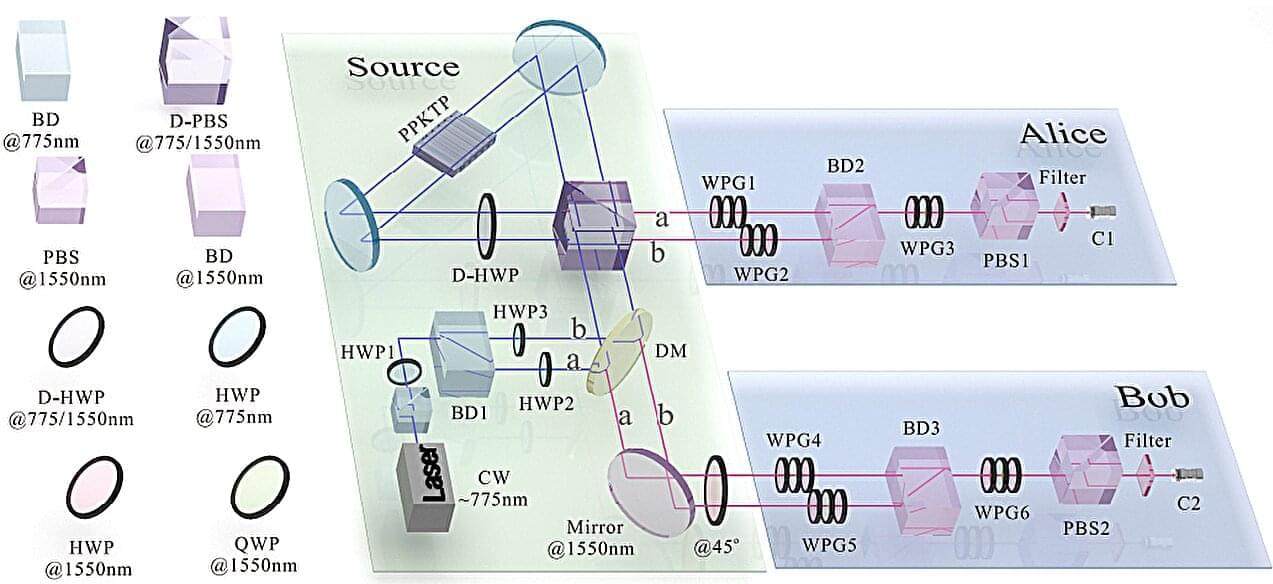
Researchers from the University of Science and Technology of China (USTC) of the Chinese Academy of Sciences revealed that not all forms of quantum nonlocality guarantee intrinsic randomness. They demonstrated that violating two-input Bell inequalities is both necessary and sufficient for certifying randomness, but this equivalence breaks down in scenarios involving multiple inputs. The study is published in Physical Review Letters.
Quantum mechanics is inherently probabilistic, and this intrinsic randomness has been leveraged for applications like random number generation. However, ensuring the security of these random numbers in real-world scenarios is challenging due to potential vulnerabilities in the devices used.
Bell nonlocality, where particles exhibit correlations that cannot be explained by classical physics, offers a way to certify randomness without trusting the devices. Previous studies have shown that violating Bell inequalities can certify randomness in simple two-input, two-output systems. However, the applicability of this principle to more complex, multiple-input, multiple-output (MIMO) systems has been unclear.
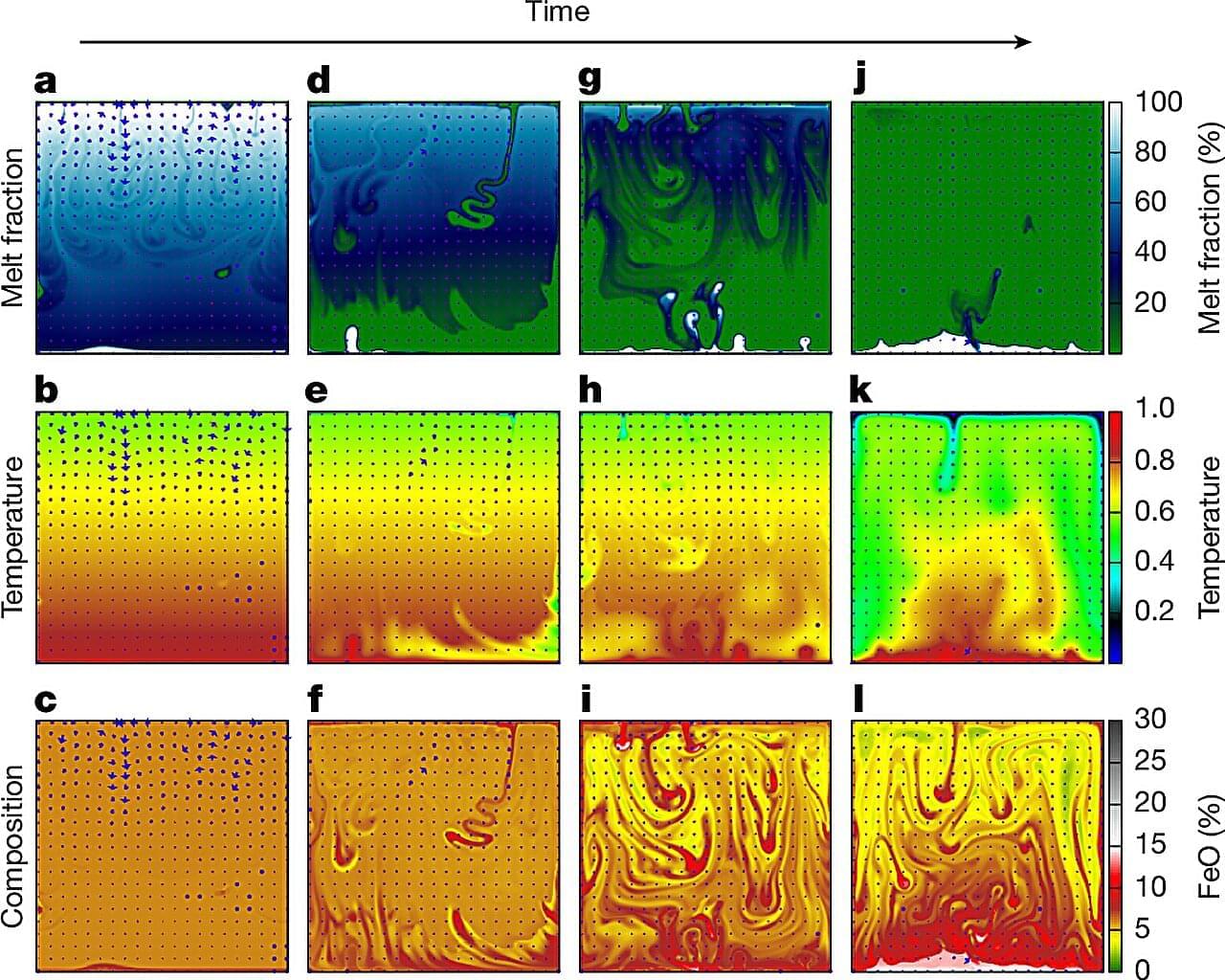
New research led by a York University professor sheds light on the earliest days of Earth’s formation and potentially calls into question some earlier assumptions in planetary science about the early years of rocky planets. Establishing a direct link between Earth’s interior dynamics occurring within the first 100 million years of its history and its present-day structure, the work is one of the first in the field to combine fluid mechanics with chemistry to better understand Earth’s early evolution.
The study is published in the journal Nature.
“This study is the first to demonstrate, using a physical model, that the first-order features of Earth’s lower mantle structure were established four billion years ago, very soon after the planet came into existence,” says lead author Faculty of Science Assistant Professor Charles-Édouard Boukaré in the Department of Physics and Astronomy at York.